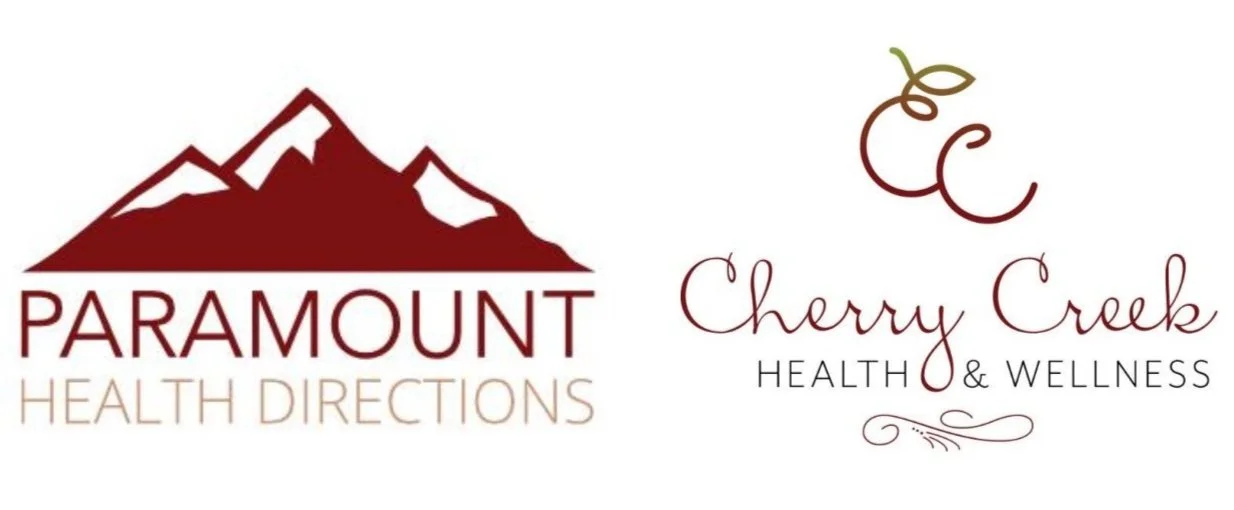The word exercise can be defined multiple ways. To some, exercise is a high intensity interval training workout. To others, exercise is taking the stairs instead of an elevator. Exercise is all that and everything in between. Exercise is about moving your body, increasing the heart rate and stretching out muscles. If you feel you do not have a consistent exercise routine, but would like to build one, begin re-framing your definition of exercise to what fits for you, focusing on moving your body through the day, no matter how small it may seem.
Interested in taking a group class, but not sure where to start? Pick a class that sounds interesting and make the goal to go once in the next week to try it out. Taking a commitment slowly, once class at a time, will help build a sustainable schedule over time as you start to find what you like in order to build routine.
Not ready to jump into a group class yet? Start by increasing your small movements through the day:
- Take the stairs instead of the elevator in buildings
- Park further from the grocery store than you usually do
- Walk through the mall instead of parking by the store you need to go
- Do small exercises, like lunges, during the commercials of the TV show you love to watch
- Take a 10-15-minute walk after your lunch or dinner
Every bit of movement will help in improving brain and body health. It does not matter how much weight you lift or how long you can run on the treadmill to feel like you are moving your body. You are capable of a physical movement routine that will last, beginning with the first step that is best for you. Tell someone your goals to help keep you accountable through your wellness journey.
In light of COVID-19 resulting in closures of parks, gyms, fitness studios, etc. many of us are experiencing reduced opportunities for physical activity. This time has required people to get creative with physical activity and ways to move while at home. To support people maintaining their own fitness/wellness goals during this time, Consumers Advocate created an in-depth guide to choosing the best fitness tracker. Their team researched devices based on diversity of features, connectivity, cost (get the most out of your investment), and customer experience. They also interviewed customers and read reviews and testimonials for feedback on each product. Check out this link to read their results: https://www.consumersadvocate.org/fitness-tracker
Happy Wellness!
Anna Schwartz, MS, RDN



